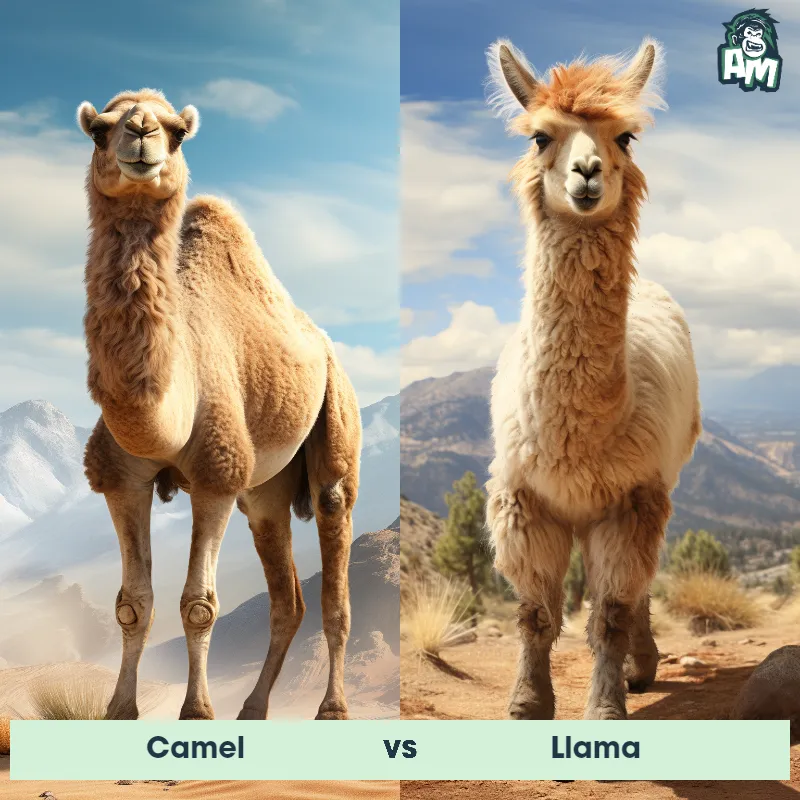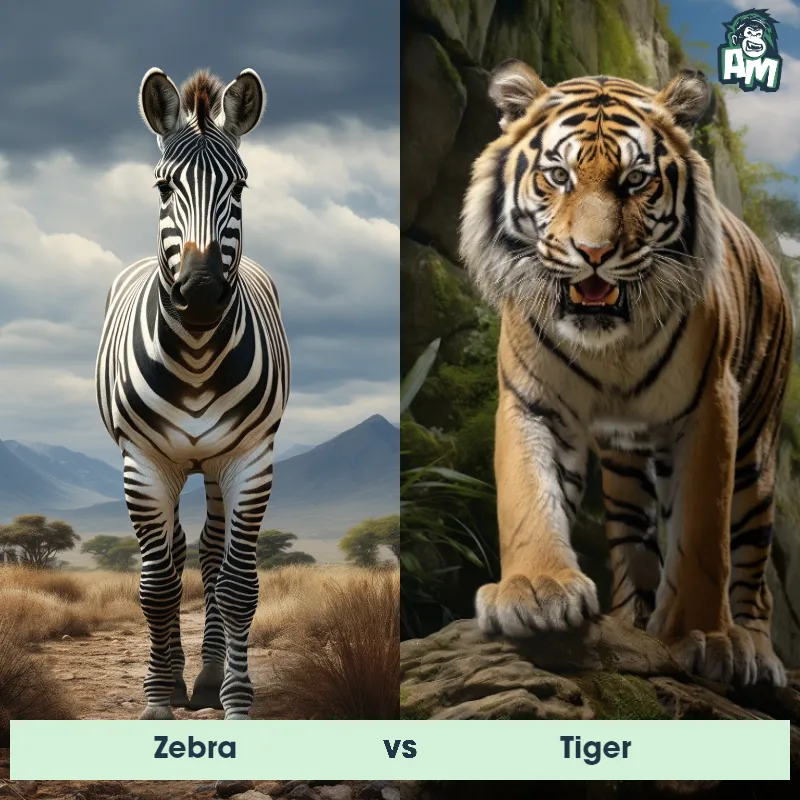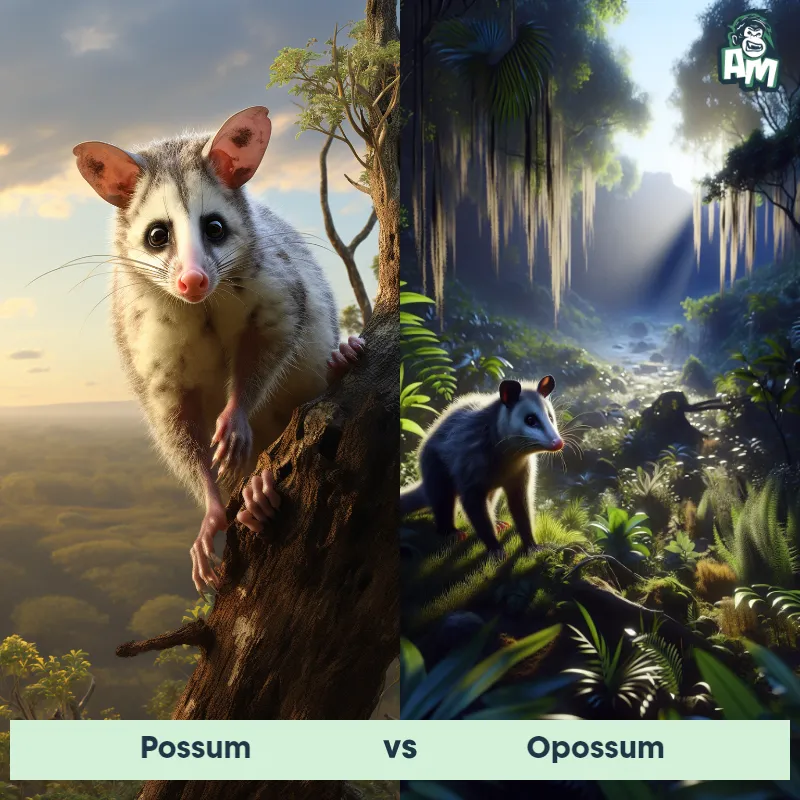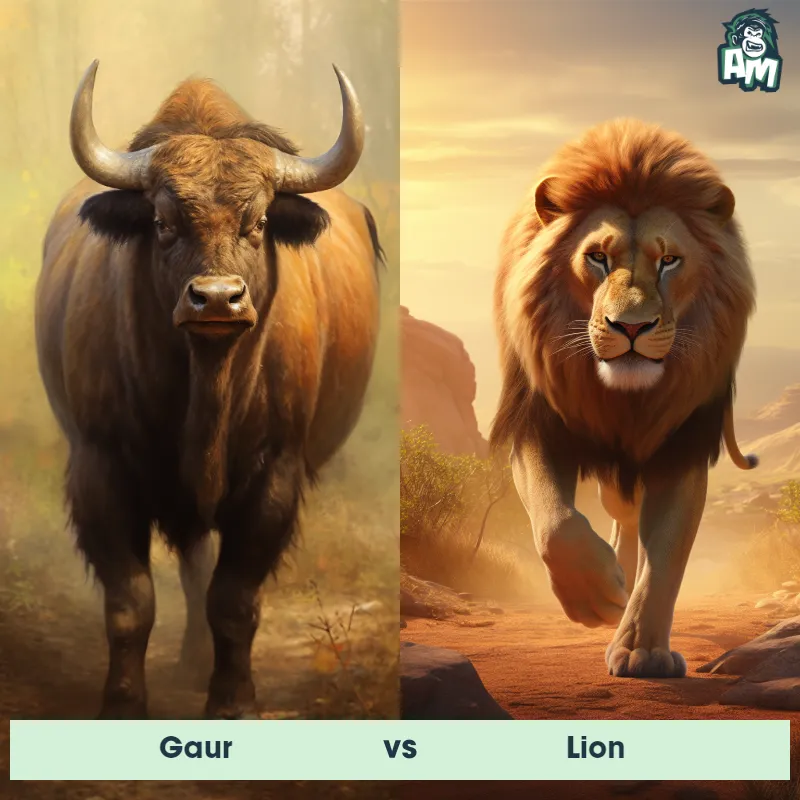Snow Leopard vs LeopardSee Who Wins
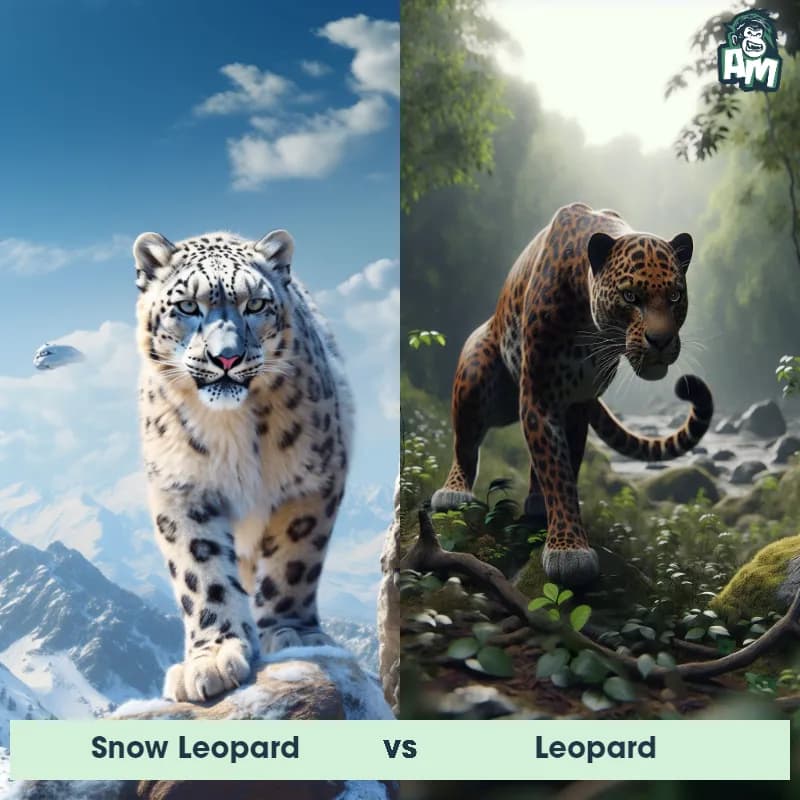
Ladies and gentlemen, welcome to this epic showdown between two fierce felines! We've got a Snow Leopard and a Leopard ready to prove their dominance here today. The tension is palpable, and excitement is in the air as we await this nail-biting three-round fight. Both of these incredible creatures are known for their stealth, agility, and sheer power. Without further ado, let the battle begin!
Contender 1: Snow Leopard
The Snow Leopard, also known as the "Ghost of the Mountains," is a large cat native to the mountain ranges of Central and South Asia. They have a thick, grayish-white fur coat with black spots that helps them blend into their snowy habitat. Snow Leopards have powerful legs and can jump up to 50 feet in one leap. They are also known for their long, bushy tails that help them maintain balance while navigating steep terrain.
Fun Fact: Snow Leopards are excellent climbers and can scale steep cliffs and rocky terrain with ease, thanks to their powerful legs and large paws that act like natural snowshoes.
Contender 2: Leopard
The Leopard is a large and powerful carnivorous mammal that is known for its distinctive coat pattern consisting of rosette-like spots. It has a slender body, muscular limbs, and a long tail, enabling it to be agile and swift. Leopards are primarily nocturnal creatures, preferring to hunt during the cover of darkness. They are highly adaptable and can thrive in a variety of habitats, ranging from dense forests to open grasslands. With exceptional climbing skills, they are capable of dragging their prey up trees to keep it safe from other predators.
Fun Fact: Leopards are incredibly strong and possess immense agility, as they are capable of leaping horizontally up to 6 meters and vertically up to 3 meters, allowing them to ambush their prey from above with precision.
Matchup Stats
| Snow Leopard | Leopard | |
|---|---|---|
| Size | 2-2.5 feet (60-75 cm) at the shoulder | 24-28 inches (60-71 cm) at the shoulder; 5-6 feet (1.5-1.8 meters) in length |
| Weight | 60-120 pounds (27-54 kg) | 80-160 pounds (36-73 kilograms) |
| Speed | Speed: 40 mph (64.37 km/hr) | 36-37mph (58-60km/h) |
| Key Strength | Powerful legs and sharp claws | Powerful jaw and sharp claws |
| Biggest Weakness | Vulnerable to larger predators | Less endurance compared to some other big cats |
Current Votes
Snow Leopard vs Leopard
See Who Wins
View More Matches
Looking For More?
Similar Matches
Scientific Stats
| Snow Leopard | Leopard | |
|---|---|---|
| Scientific Name | Panthera uncia | Panthera pardus |
| Family | Felidae | Felidae |
| Habitat | Mountain ranges | Variety of habitats including forests, grasslands, and mountains |
| Geography | Central and South Asia | Africa, parts of Asia |
| Diet | Mainly wild sheep and goats | Carnivorous, preys on various animals including ungulates, small mammals, birds, and reptiles |
| Lifespan | 10 years - 12 years | 12 years - 17 years |
Key Differences between Snow Leopard and Leopard
- Range: Snow Leopards are native to the alpine regions of Central and South Asia, including the Himalayas, while Leopards have a more extensive range covering sub-Saharan Africa, parts of the Middle East, and parts of Asia.
- Habitat: Snow Leopards are adapted to live in high-altitude habitats such as alpine meadows, rocky areas, and cliffs, where they often reside above 3,000 meters. Leopards, however, occupy various habitats ranging from rainforests and deserts to grasslands and mountains.
- Coloration: Snow Leopards have a whitish-gray or pale yellow fur with dark gray to black rosette-like markings, providing effective camouflage in their mountainous habitats. In contrast, Leopards display a tawny or golden-yellow coat with rosettes that sometimes contain smaller spots in their centers.
- Size: The Snow Leopard (Uncia uncia) is generally larger than the Leopard (Panthera pardus), with adult males weighing between 60-120 kg, while male Leopards weigh around 30-90 kg.
- Tail: Snow Leopards possess long, thick tails that help them maintain balance on steep terrain and act as a blanket in colder climates. Leopards, on the other hand, have relatively shorter tails.
- Conservation status: Snow Leopards are listed as Endangered on the IUCN Red List due to habitat loss, illegal hunting, and retaliatory killings. Leopards, although facing similar threats, have a more diverse population and are listed as Vulnerable.




